The highlights critical factors of Enterocytozoon hepatopenaei (EHP) outbreaks in shrimp farming
A regular event dedicated to addressing current challenges and issues in shrimp farming, bringing together cultivation experts, industry practitioners, shrimp farmers, and other relevant stakeholders.
This year, the event held at Sheraton Hotel Surabaya on December 4 2024 - Prakan Chiarahkhongman DVM.,CertAqV
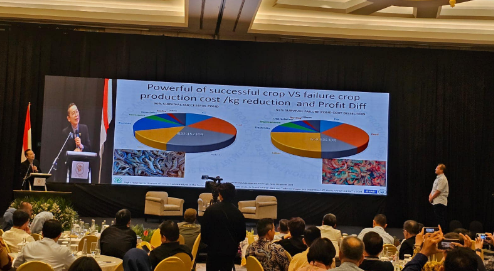
The highlights critical factors of Enterocytozoon hepatopenaei (EHP) outbreaks in shrimp farming.
1. Stocking Density:
Hepatopancreas is the target organ for EHP spore , High stocking densities with EHP contamination created relatively more EHP spore production and stress conditions in shrimp populations make them more susceptible to various diseases like Bacteria and EHP , Overcrowding also increases organic waste accumulation, further deteriorating water quality.
2. Size of Stocking Shrimp:
Smaller or younger shrimp (post-larvae, PL) may have underdeveloped immune systems, making them more vulnerable to infections. If EHP spores are present in the environment or introduced with infected PL, they can quickly spread in a high-density setup ,Juveniles shrimp stocking after nursery phase has been scientifically proved to decrease the severity of EHP.
3. Ammonia and Nitrite Levels:
Poor water quality, indicated by elevated ammonia and nitrite, weakens shrimp health and immune response,Ammonia directly harms gill and organ functions, while nitrite reduces oxygen transport in the blood. Suboptimal conditions from these toxins increase shrimp stress and susceptibility to pathogens like EHP.
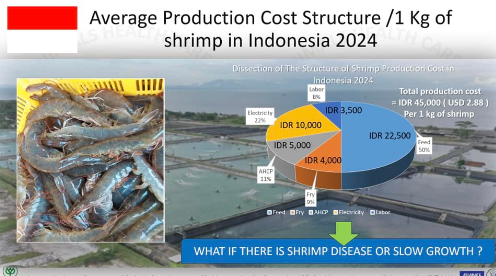
Cre: Prakan Chiarahkhongman DVM.,CertAqV
4. Bacterial Overload:
Overgrowth of opportunistic bacteria in the rearing environment or the shrimp’s gut can compromise shrimp health , suppress immune response, up and down regulation the important of gene expression , This overload of bacteria can damage the gut lining, allowing EHP spores to invade and proliferate more easily.
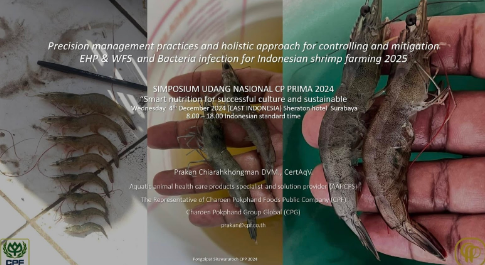
Cre: Prakan Chiarahkhongman DVM.,CertAqV
5. Role in EHP Outbreaks:
EHP spores are resilient and can thrive in poor environmental conditions. The combination of environmental stress , poor water quality and bacterial dysbiosis creates a perfect storm for the rapid spread and severity of EHP infections , holistic approach with well understanding on best aquaculture practices using clean seed , feed , water and pond bottom are helpful in controlling EHP.
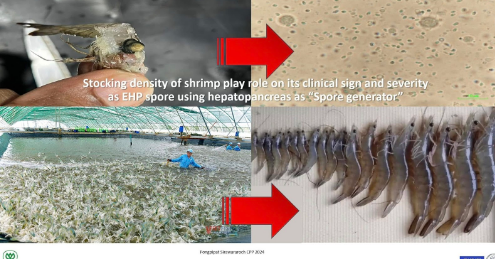
Cre: Prakan Chiarahkhongman DVM.,CertAqV.
Contact AQUA MINA for consultation and supply of aquaculture round tanks and aquaculture equipment for high-tech shrimp farming.
- Address: 685 National Highway 1A, Binh Hung Hoa Ward, Binh Tan District, Ho Chi Minh City
- Phone: 1800 6071 (Toll-free hotline)
- Email: sales@aquamina.com.vn or oversea@aquamina.com.vn
Aqua Mina's distributor in Japan:
REX INDUSTRIES CO., LTD
- Address: 1-9-3 Hishiya-Higashi, Higashi-Osaka 578-0948 JAPAN
- Email: kimakubo@rexind.co.jp
- Phone: +81-(0)72-961-9893
- Website: http://www.rexind.co.jp/e/

WE WORK FOR YOUR SUCCESS!
Ngày đăng : 19/12/2024
1671 View
Other Articles








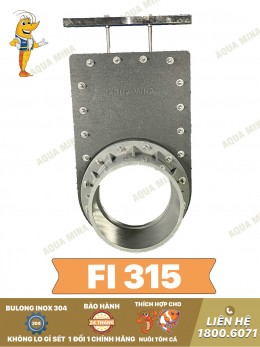
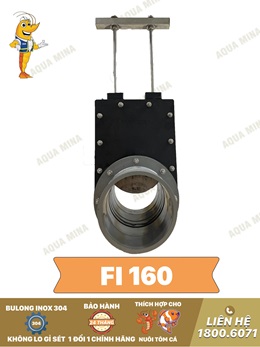
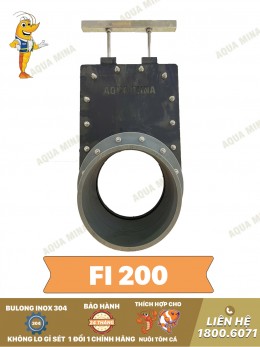
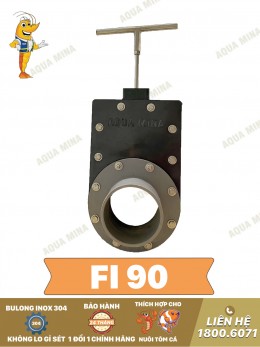
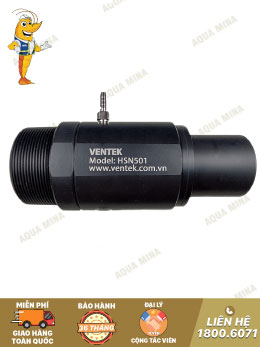
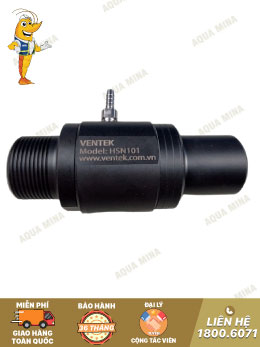

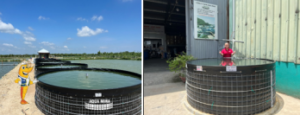
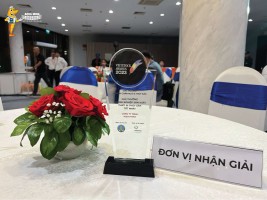
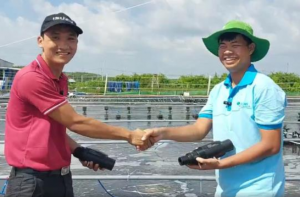
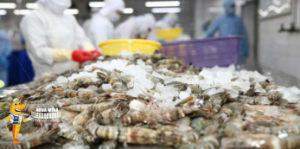
.jpg)